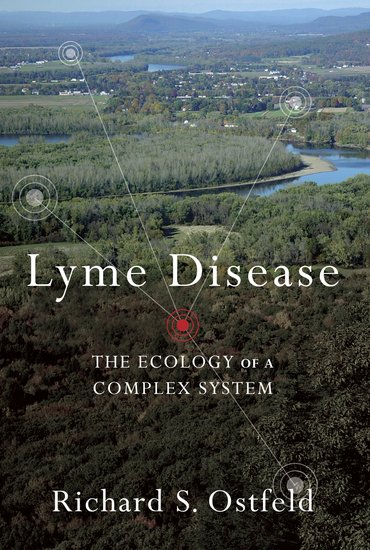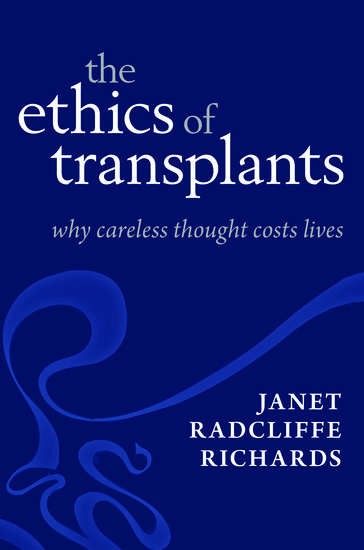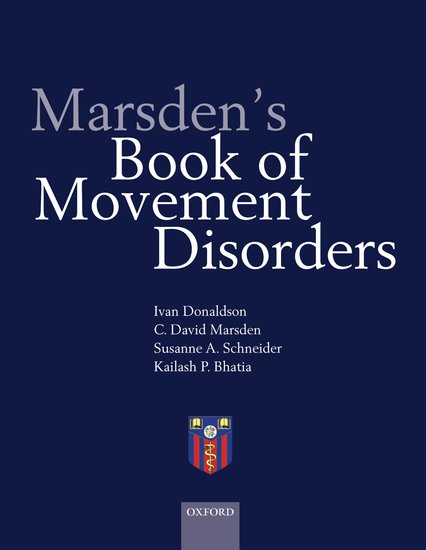By Ji Young Bang, MBBS MPH
Cervical cancer is globally the second most frequently occurring malignancy in women, with 400,000 new cases and 250,000 deaths each year. Cervical screening, which aims to detect pre-malignant cervical lesions known as cervical intraepithelial neoplasia (CIN), involves sampling cervical epithelial cells via the Papanicolaou smear test or liquid-based cytology. In England, the National Health Service Cervical Screening Programme (NHSCSP) was set up in 1988 and currently all women between the ages of 25 and 64 years are eligible to undergo screening. Despite the widespread availability, are all women taking advantage of cervical screening? If not, what separates these women from those that do choose to participate in screening?













